Hackers have successfully breached Apple, Google and Microsoft security measures to hack the iPhone 13 Pro, Google Chrome and Windows 10.


Deep Evolutionary Reinforcement Learning creates virtual agents that can evolve both in their physical structure and learning capacities.
With the maiden orbital flight of Starship approaching, Orbital Launch Pad A in Starbase, Texas, is being built up to launch readiness. Over a year of construction has brought the complex’s various elements to the verge of launching the most powerful rocket in history.
Assembly Timeline
SpaceX started construction of the orbital launch pad on June 22 2020, when teams began to install the concrete rebar for the six pillars of the orbital launch mount. After building up steel rebar for reinforcement, a steel cylinder was sleeved over the rebar and each pillar was filled with concrete, covered, then left to cure.
Harnessing The Potential Of Star Gazers And Space Enthusiasts For Scientific Solutions To Existing Earth Crises — Ms. Bayan Mohammed Abusalameh — Inventor, Pal… See more.
Ms. Bayan Abusalameh is a 2020/2021 Chevening Scholar in Advanced Mechanical Engineering, at Queen Mary University of London (QMUL), who just finished off her Master’s Dissertation entitled “An Innovative Structural Design For a 1U CubeSat” (The Palestine-1)
Ms. Abusalameh is also a member of the Institution of Mechanical Engineers Unmanned Aerial System (UAS) team of QMUL.
Ms. Abusalameh has her Bachelor’s Degree in Mechanical Engineering from Birzeit University and her MSC in Advanced Mechanical Engineering from Queen Mary University of London.
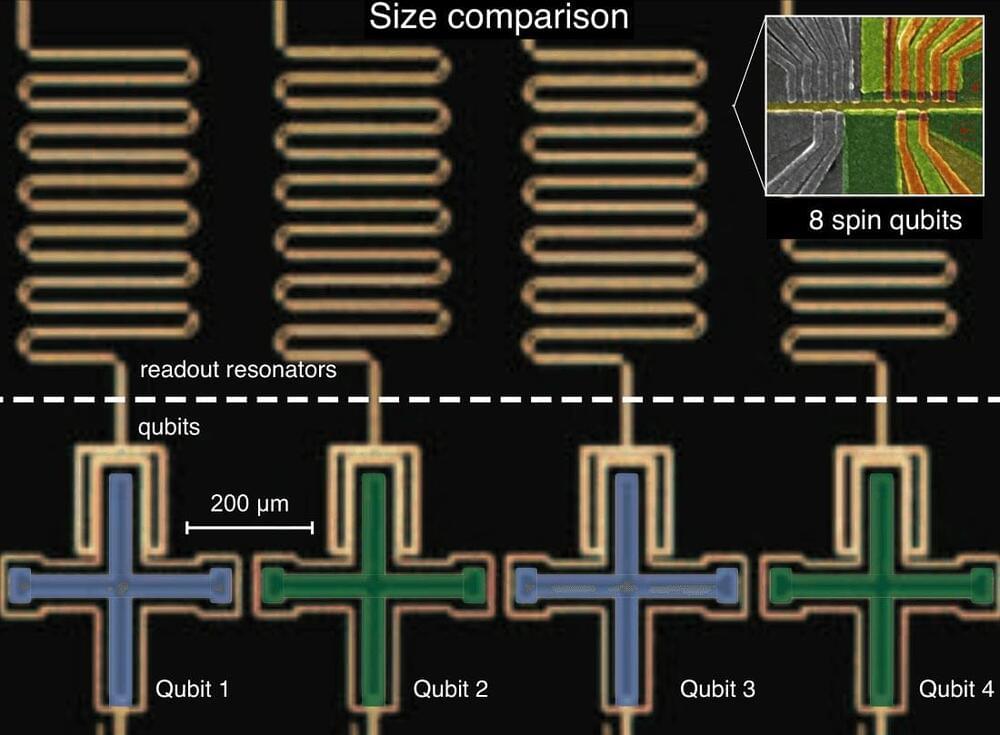
Quantum physicists at the University of Copenhagen are reporting an international achievement for Denmark in the field of quantum technology. By simultaneously operating multiple spin qubits on the same quantum chip, they surmounted a key obstacle on the road to the supercomputer of the future. The result bodes well for the use of semiconductor materials as a platform for solid-state quantum computers.
One of the engineering headaches in the global marathon towards a large functional quantum computer is the control of many basic memory devices – qubits – simultaneously. This is because the control of one qubit is typically negatively affected by simultaneous control pulses applied to another qubit. Now, a pair of young quantum physicists at the University of Copenhagen’s Niels Bohr Institute –PhD student, now Postdoc, Federico Fedele, 29 and Asst. Prof. Anasua Chatterjee, 32,– working in the group of Assoc. Prof. Ferdinand Kuemmeth, have managed to overcome this obstacle.
The brain of the quantum computer that scientists are attempting to build will consist of many arrays of qubits, similar to the bits on smartphone microchips. They will make up the machine’s memory.
China’s economy — the 2nd-largest in the world — is teetering on the brink of disaster.
Since this spring, Beijing has canceled initial public offerings, fined tech companies billions for antitrust violations, forcibly shut down China’s entire for-profit education industry, and sent CEOs running for the exits to avoid the government’s ire. Even more dire, the Chinese megadeveloper Evergrande recently started missing payments on its more than $300 billion in debt, shaking global markets. The convulsions have woken the world up to a startling new possibility — that Beijing may be willing to allow some of its private corporate behemoths to collapse in a bid to reshape the economic model that made China a superpower.
The upheaval, spanning multiple industries and vast swaths of the country, is the result of one giant issue: China’s inability to borrow or buy its way out of its current economic crisis. For decades, the country relied on cheap labor and eye-popping amounts of debt, handed out by government-owned banks, to fuel economic growth — pouring money into massive apartment developments, factories, bridges, and other projects at lightning speed. Now the country needs people to actually use, and pay for, everything that’s been built. But the bulk of China’s population lacks the income needed to shift the economy from one driven by state investments to one sustained by consumer spending.
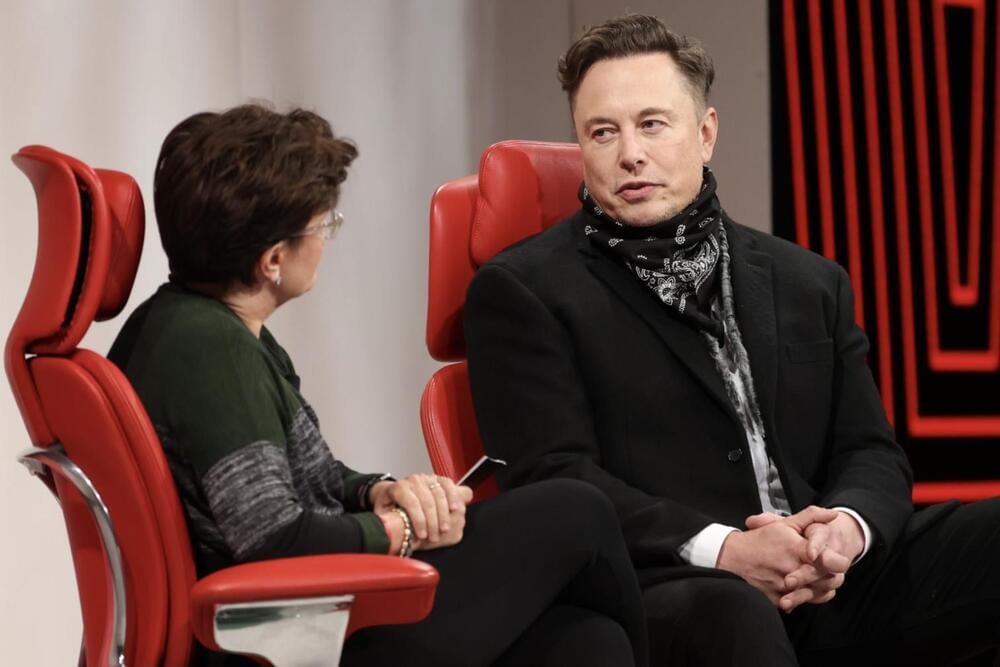
A few days ago, United Nations World Food Program (WFP) director David Beasley told CNN that a small group of ultra-wealthy individuals such as Tesla and SpaceX CEO Elon Musk could help solve world hunger with just a fraction of their net worth. Musk’s net worth currently stands at $311 billion thanks to a recent rally in TSLA stock, effectively making the CEO the world’s wealthiest individual today.
While speaking at CNN’s Connect the World with Becky Anderson, Beasley called for billionaires to “step up now, on a one-time basis.” He also noted that even just 2% of Musk’s current net worth could solve world hunger. This translates to roughly about $6 billion. “$6 billion to help 42 million people that are literally going to die if we don’t reach them. It’s not complicated,” the UN WFP director said.
Musk has now responded to Beasley’s statements. While responding to a post on Twitter which highlighted that the UN World Food Program actually raised $8.4 billion in 2,020 Musk noted that if the WFP could explain exactly how $6 billion would solve world hunger, then he would be more than willing to sell some TSLA stock right now. This is a key point as most of Musk’s net worth is tied to his majority stake in Tesla. This means that for Musk to have $6 billion in cash, he’d have to sell TSLA stock, which would then be taxed.
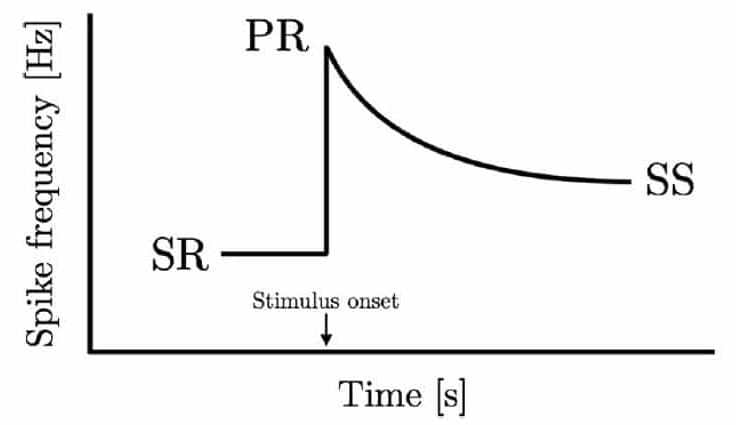
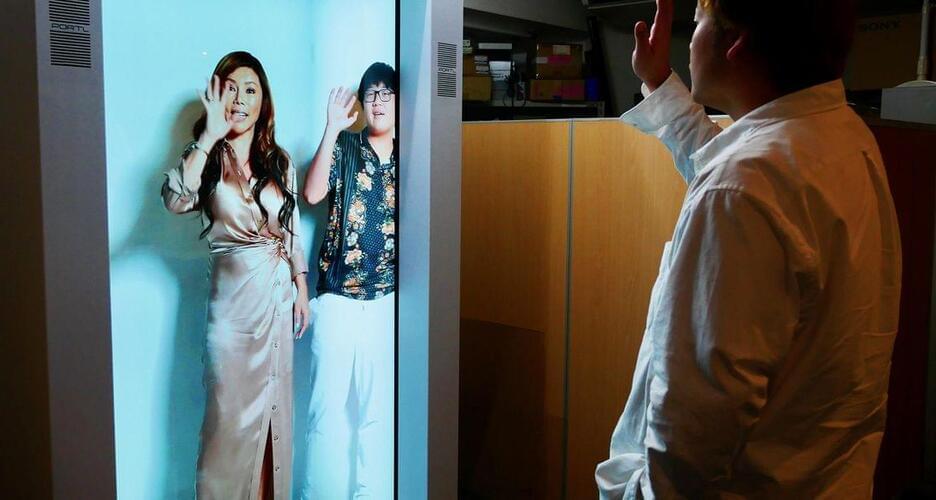
The iconic Princess Leia hologram scene in the original Star Wars movie in 1978 did much to whet our technology appetite for this futuristic form of communication. In 2012 in the real world, the ground-breaking telepresence resurrection of Tupac Shakur at the Coachella music festival wowed the audie.
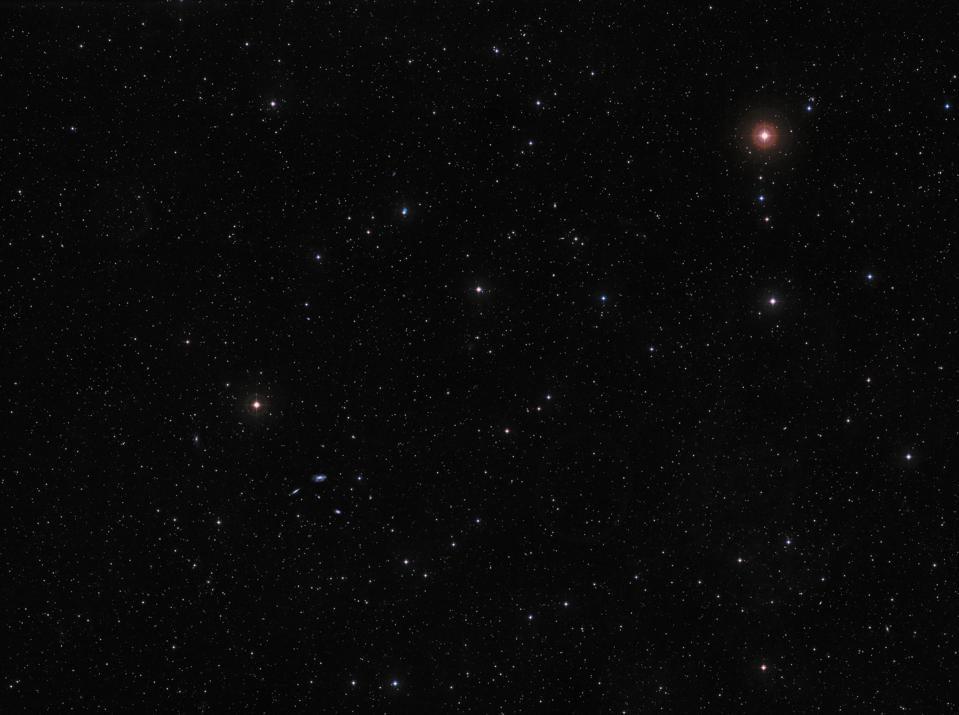
The Hubble Space Telescope is celebrating Halloween by releasing new images of a spooky “orange eye” peeking out of a cosmic cloud.
The eye in question is CW Leonis, a carbon star in the constellation of Leo, the lion.
Look closely at the main image, above, and you’ll see that not only is CW Leonis itself an incredible sight, but around it are countless distant galaxies.… See more.